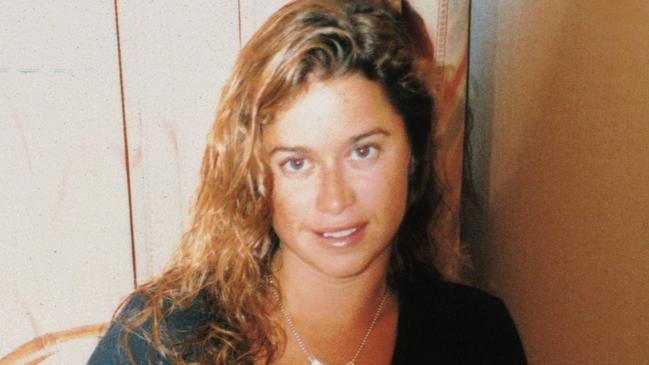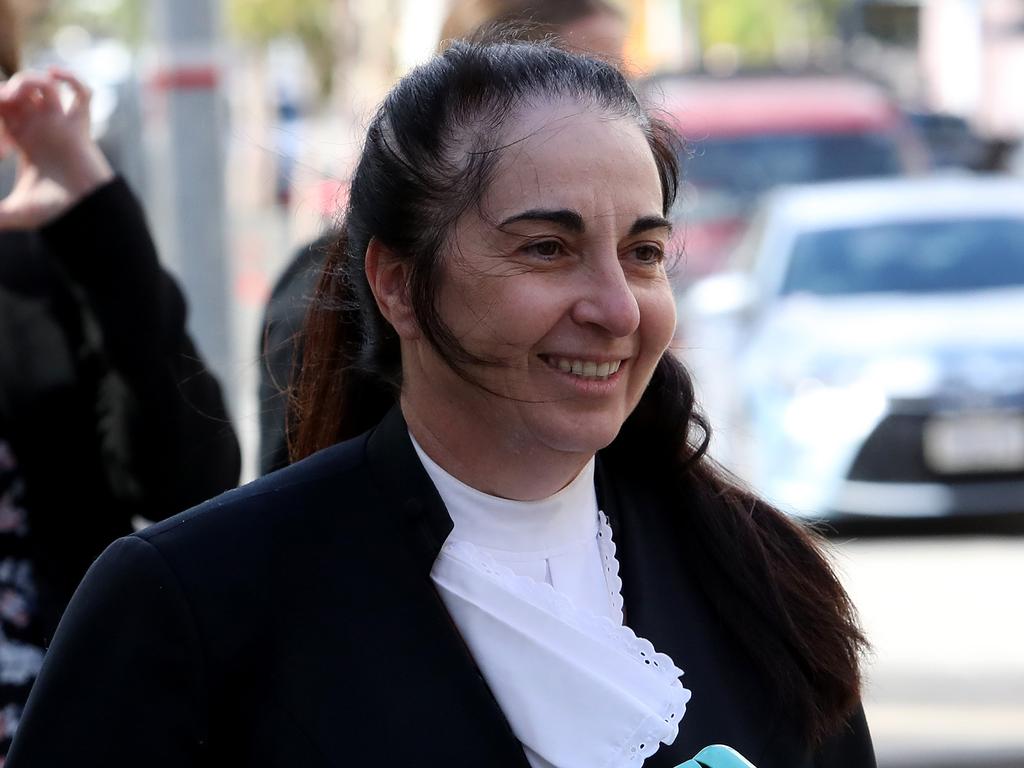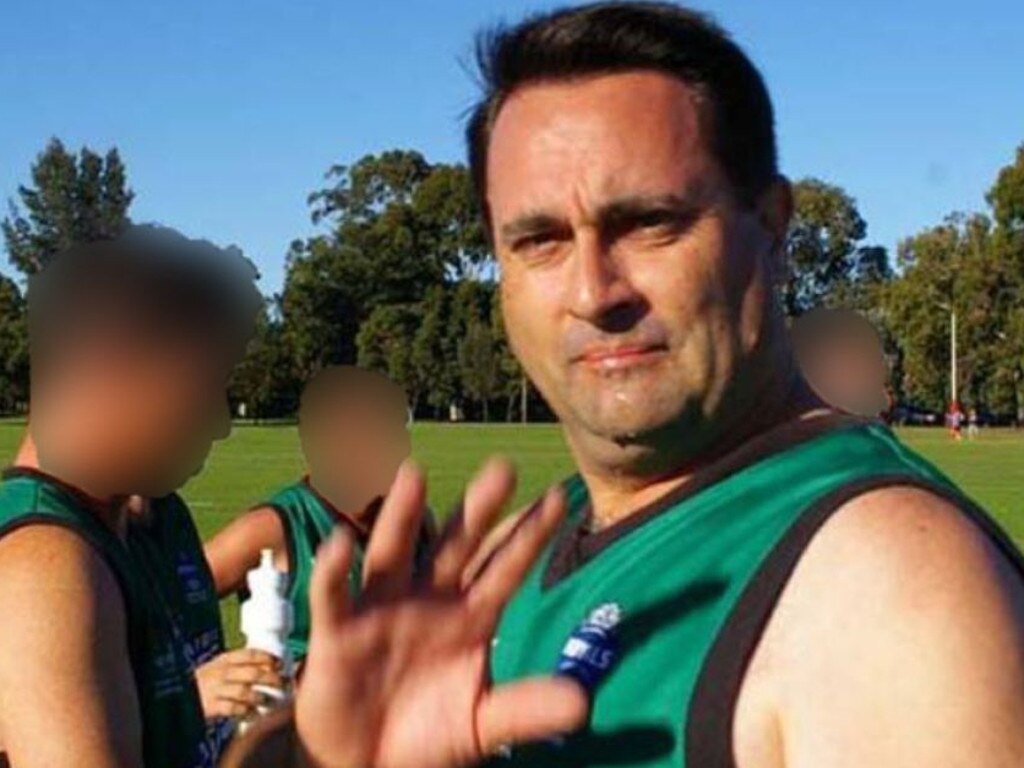Spotlight on Claremont victim’s injuries as murder trial heads to conclusion
Evidence about Ciara Glennon’s thumbnail come under intense scrutiny as trail heads for conclusion.

Key planks of the defence advanced by the lawyer representing accused Claremont serial killer Bradley Robert Edwards have come under intense scrutiny as the marathon trial heads for its conclusion.
Justice Stephen Hall, who is hearing the case without a jury, challenged Edwards’ lawyer Paul Yovich SC on several lines of argument as the defence continued with its closing submissions.
As Mr Yovich argued that it could not be proven that Ciara Glennon, the third Claremont murder victim, had broken a thumbnail during a fight with her killer, Justice Hall noted that other evidence pointed to a struggle.
“Might it not be inferred from other evidence, that we know for example there are injuries to her right arm that are consistent with defensive injuries, which might support their inference there was a violent struggle and Ms Glennon was trying to defend herself from an attack with a knife?,” Justice Hall said.
Mr Yovich maintained that the nail could have been damaged earlier in the day, either at the law firm where Glennon worked or during her time in Claremont before her murder.
A sample from the broken left thumbnail and Glennon’s left middle finger was found to contain traces of Edwards’ DNA, and has been central to the prosecution’s case against the 51-year-old former Telstra technician.
Mr Yovich noted that a broken fingernail on Glennon’s right hand was not found to contain any male DNA. The rest of her fingernails were described as well manicured and maintained.
Justice Hall had earlier challenged Mr Yovich’s argument that the yellow-topped container that contained the crucial left thumb nail clippings appeared to have scratches in it, which Mr Yovich said suggested that it may have received more handling than the swabbing that ultimately generated the DNA match.
Mr Yovich pointed to photographs of the container that appeared to show scratches and marks within the container, but Justice Hall produced the container itself and noted it appear to have no such scratches.
“There is an appearance of what appear to be dried smear marks, like droplets. It doesn’t appear to be scratches,” he said.
As Mr Yovich argued that Edwards’ DNA had wound up in the sample through contamination, potentially in an undocumented opening of the relevant container, labelled AJM 40, Justice Hall expressed some scepticism over the theory.
“Let us suppose for the sake of argument that AJM 40 was opened on some occasion that was not documented ... what would be the possible source of DNA of the accused?,” Justice Hall said.
Mr Yovich said there was “no overt evidence” of any such source in the PathWest laboratory.
“There would need to be some fragment of DNA somewhere remaining in the laboratory from a spillage error or something of that kind,” he said.
“It’s one of those things where there is an absence of a provable source beyond what’s already been explored and there is an absence of documentation that would enable us to say for sure we do and don’t know.”
Mr Yovich also focused on ten contamination events, where DNA from laboratory technicians and one sample from a victim in an unrelated crime were found in other pieces of evidence in the case, although Justice Hall flagged that in all those instances there was both an “opportunity and a mechanism” to explain how the contamination occurred.
Mr Yovich has been highly critical of practices within the PathWest laboratory at the time, particularly the errors in a document prepared by PathWest scientist Aleks Bagdonavicius.
“The evidence suggests Mr Bagdonavicius did a lousy job,” Mr Yovich said.
“It bears upon an assessment of the quality of his work.”
Mr Yovich has noted that the amount of material that produced Edwards’ DNA was one-fifth of one billionth of one gram, or around 30 to 40 cells.
No other examples of Edwards’ DNA was found on the murder victims, and none of the victims’ DNA was found on any items linked to Edwards himself such as the vehicle he was driving at the time.
Mr Yovich has also pointed to the discovery of nine hairs from unknown sources found on the body of Glennon, which he said could point to another culprit or culprits.
The seven-month trial is expected to conclude early next week.







